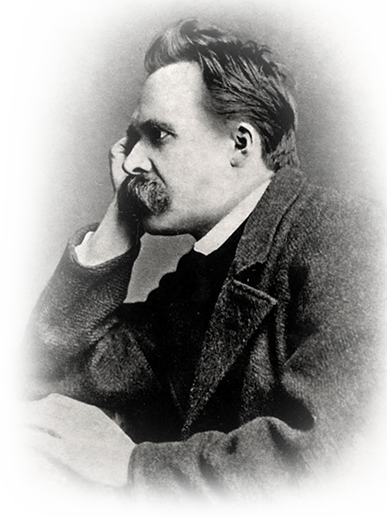[MA-VM-119]
ORIGINS OF TASTE IN WORKS OF ART
If we consider the primary germs of the artistic sense, and ask ourselves what are the various kinds of joy produced by the firstlings of art—as, for example, among savage tribes—we find first of all the joy of understanding what another means. Art in this case is a sort of conundrum, which causes its solver pleasure in his own quick and keen perceptions.—Then the roughest works of art remind us of the pleasant things we have actually experienced, and so give joy—as, for example, when the artist alludes to a chase, a victory, a wedding.—Again, the representation may cause us to feel excited, touched, inflamed, as for instance in the glorification of revenge and danger. Here the enjoyment lies in the excitement itself, in the victory over tedium.—The memory, too, of unpleasant things, so far as they have been overcome or make us appear interesting to the listener as subjects for art (as when the singer describes the mishaps of a daring seaman), can inspire great joy, the credit for which is given to art.—A more subtle variety is the joy that arises at the sight of all that is regular and symmetrical in lines, points, and rhythms. For by a certain analogy is awakened the feeling for all that is orderly and regular in life, which one has to thank alone for all well-being. So in the cult of symmetry we unconsciously do homage to rule and proportion as the source of our previous happiness, and the joy in this case is a kind of hymn of thanksgiving. Only when a certain satiety of the last-mentioned joy arises does a more subtle feeling step in, that enjoyment might even lie in a violation of the symmetrical and regular. This feeling, for example, impels us to seek reason in apparent unreason, and the sort of æsthetic riddle-guessing that results is in a way the higher species of the first-named artistic joy.—He who pursues this speculation still further will know what kind of hypotheses for the explanation of æsthetic phenomena are hereby fundamentally rejected.
